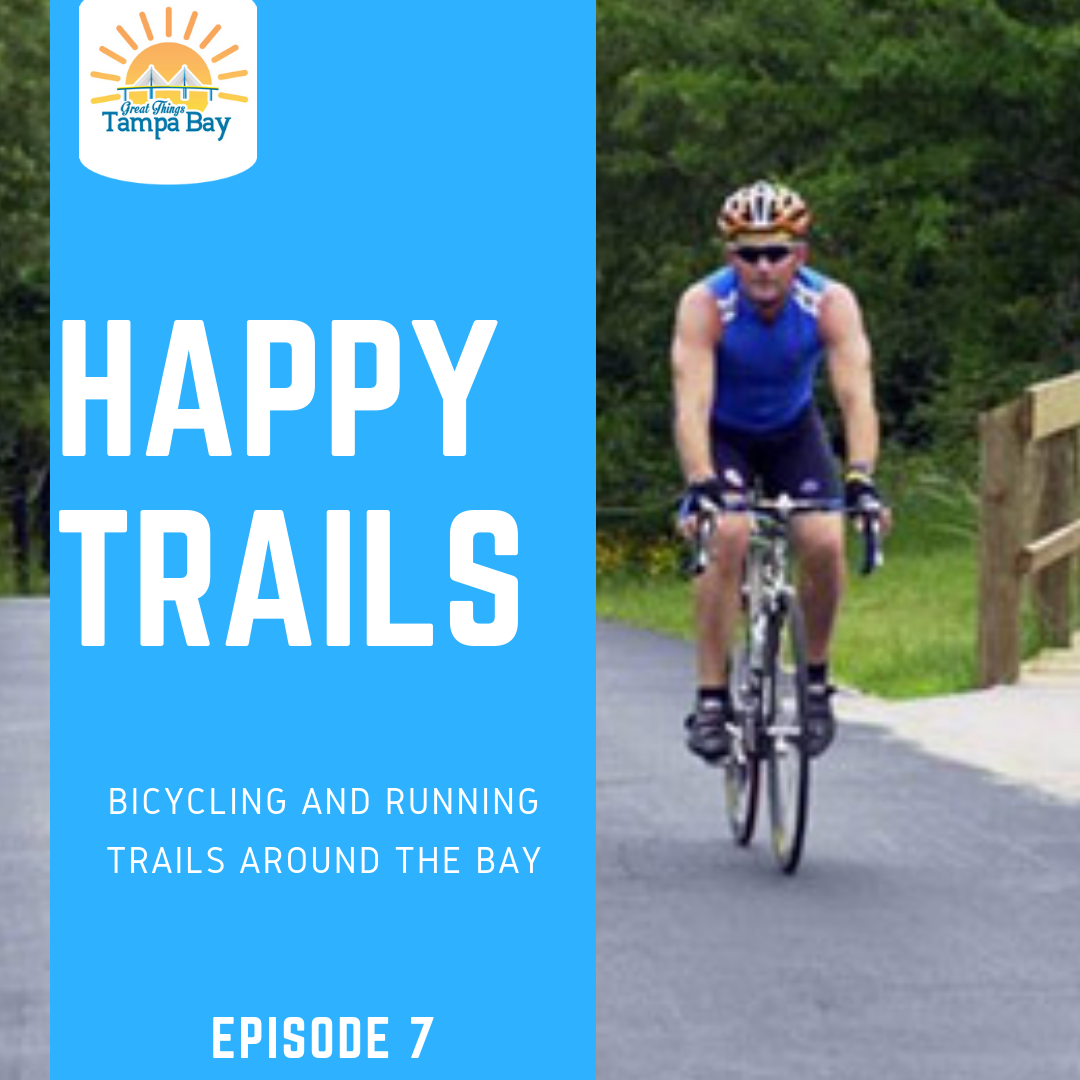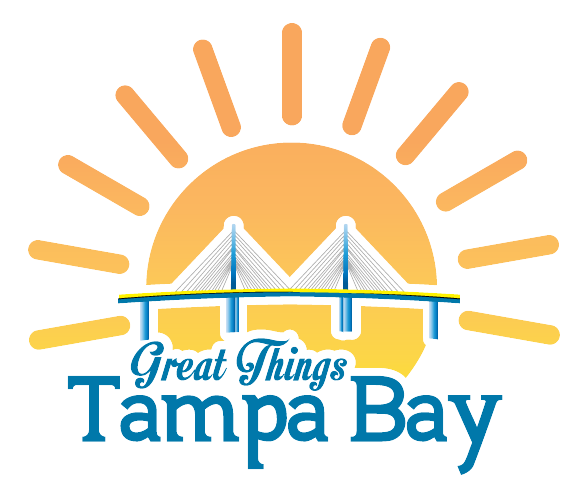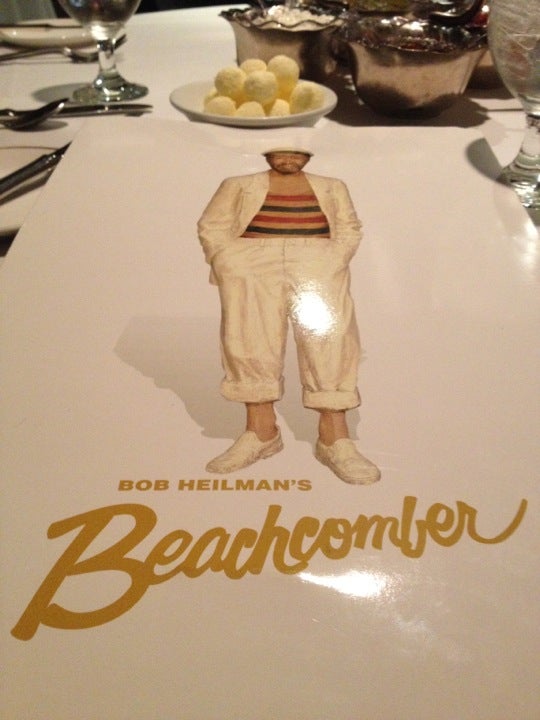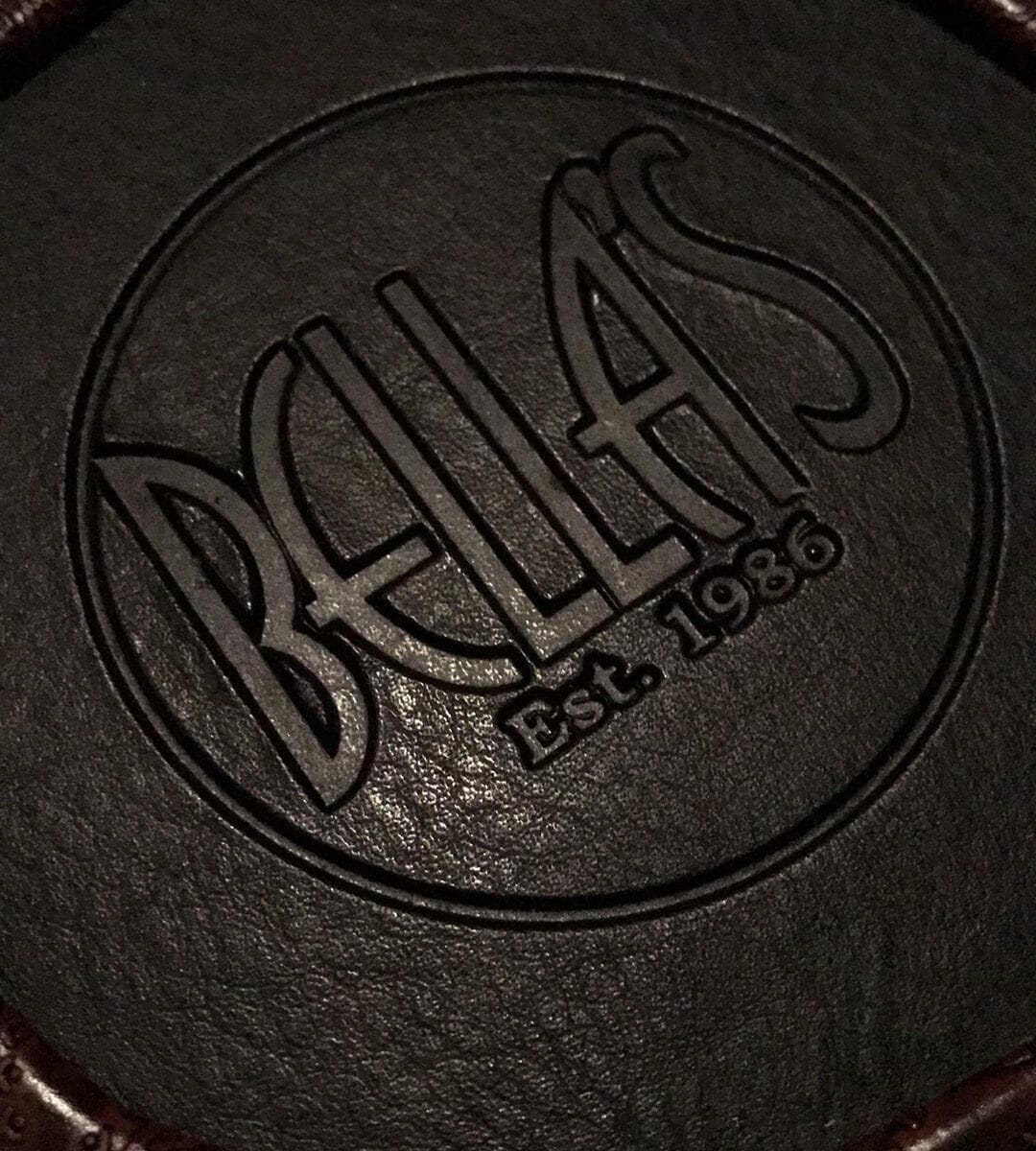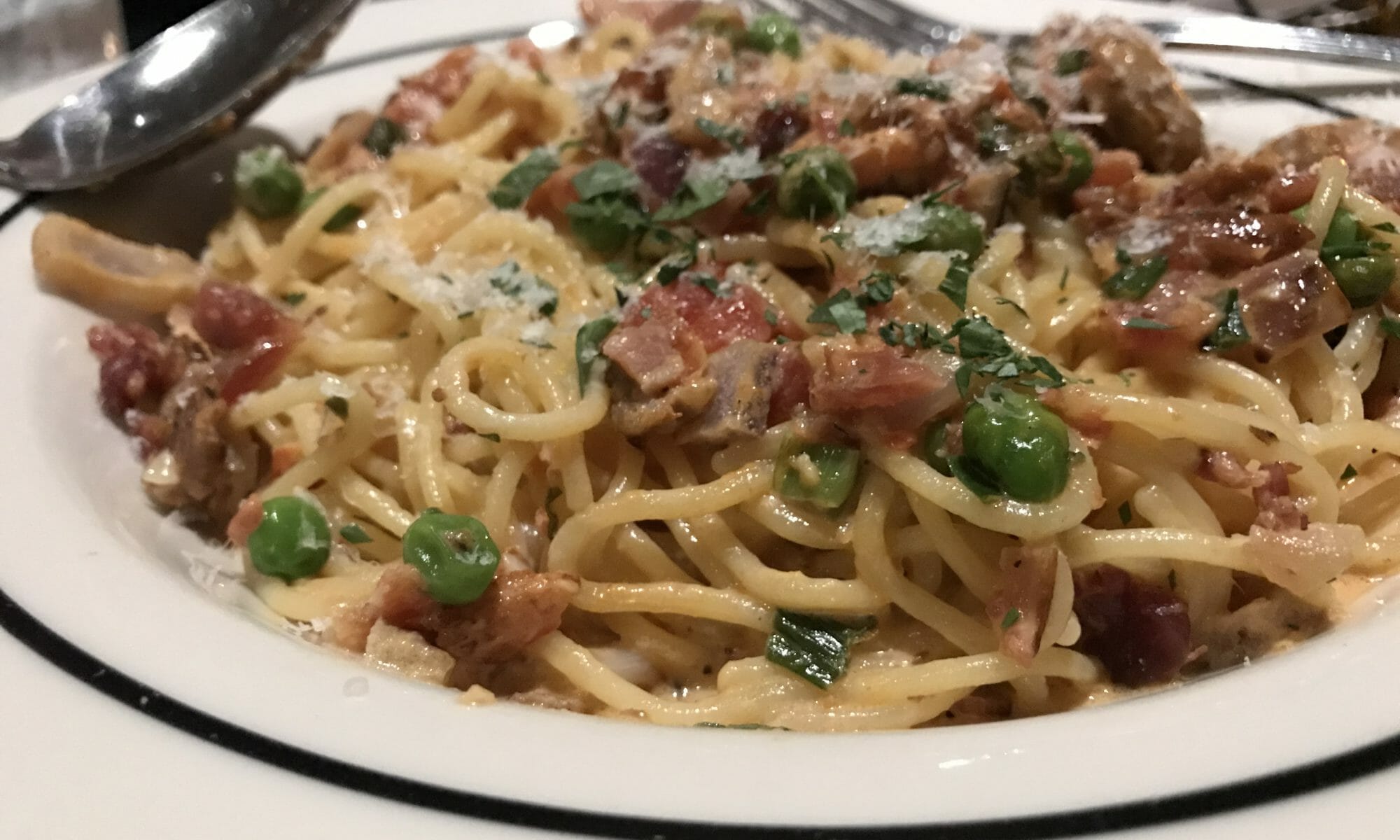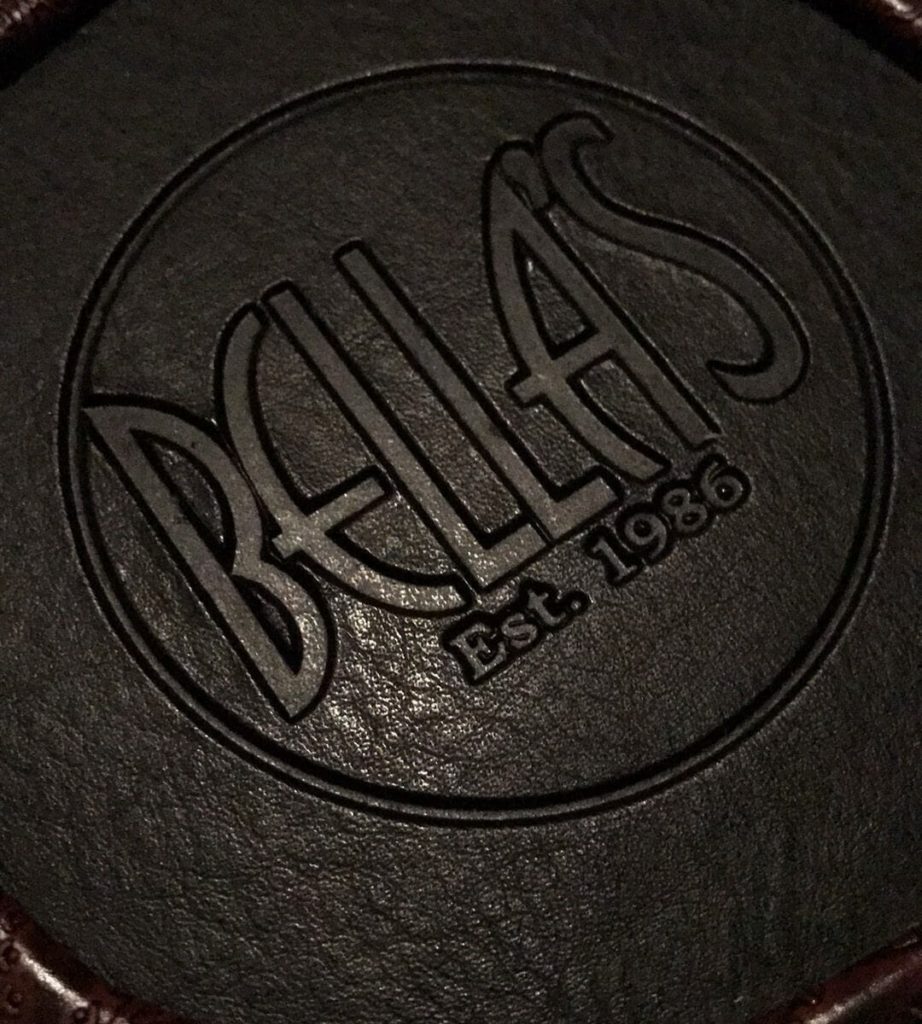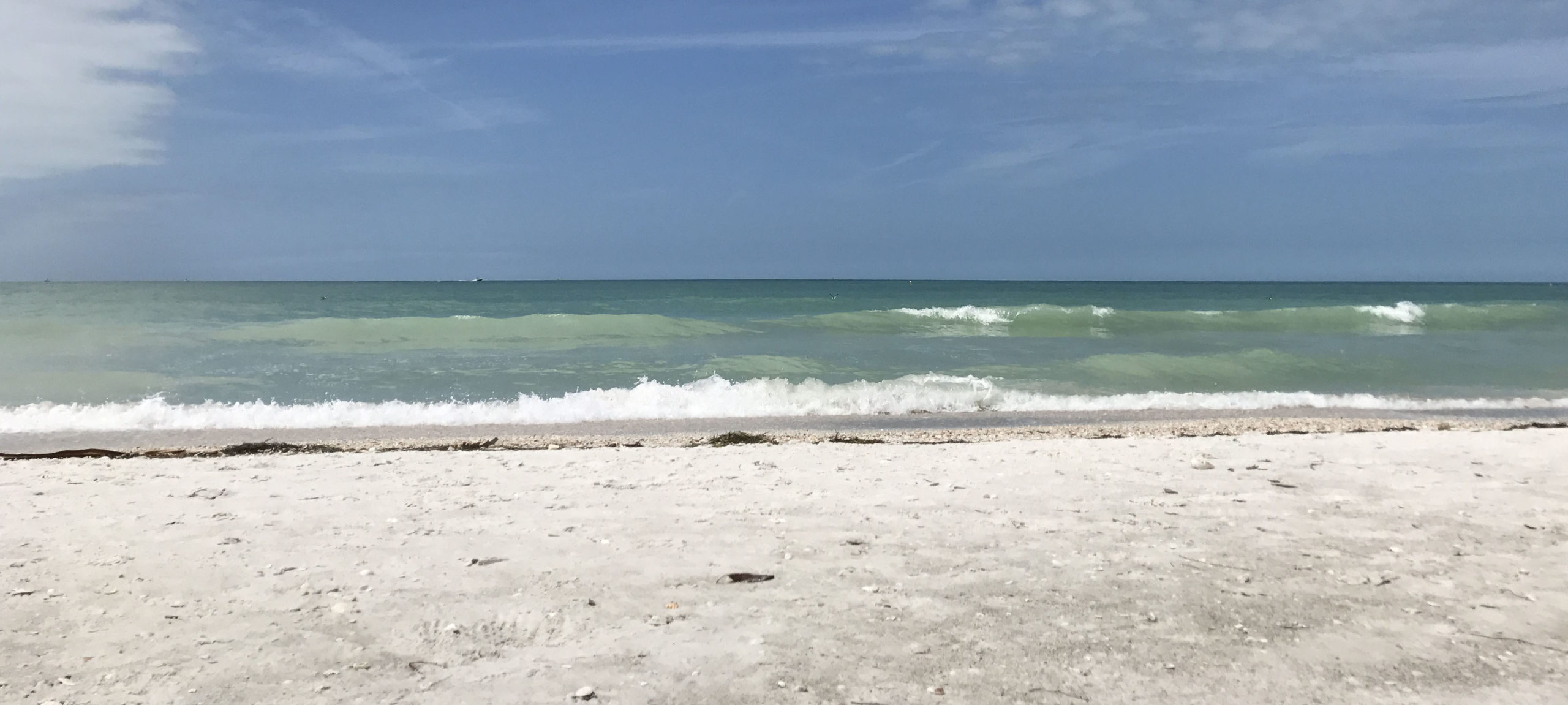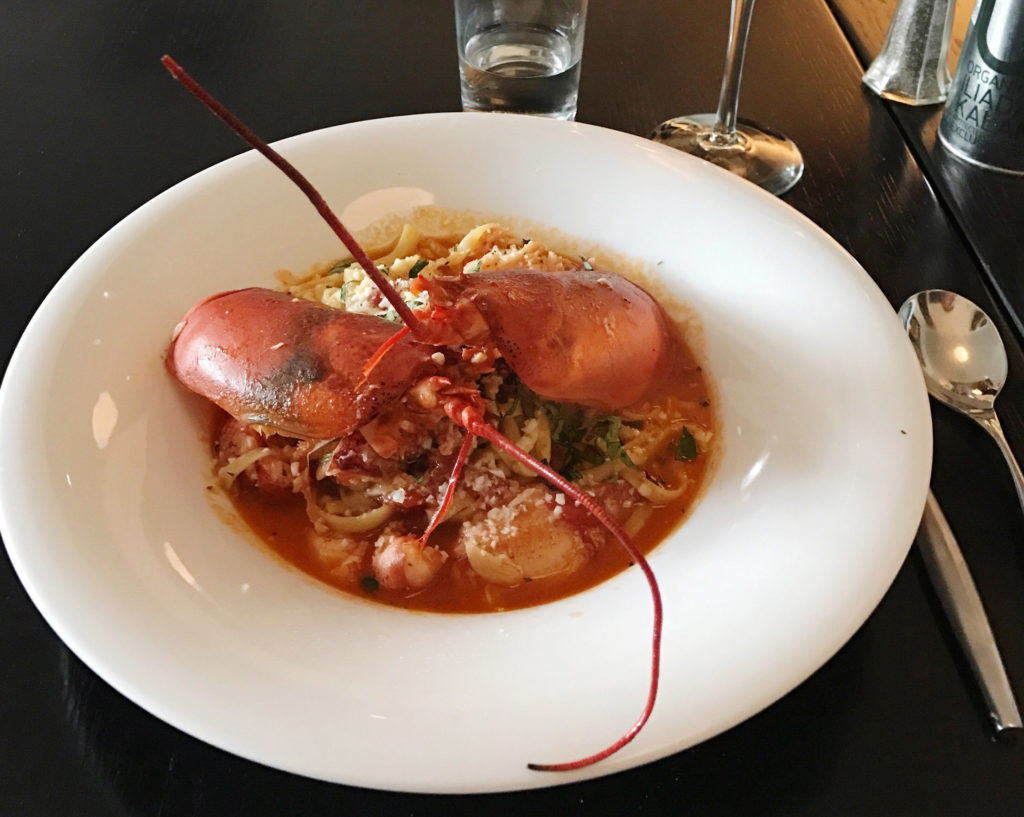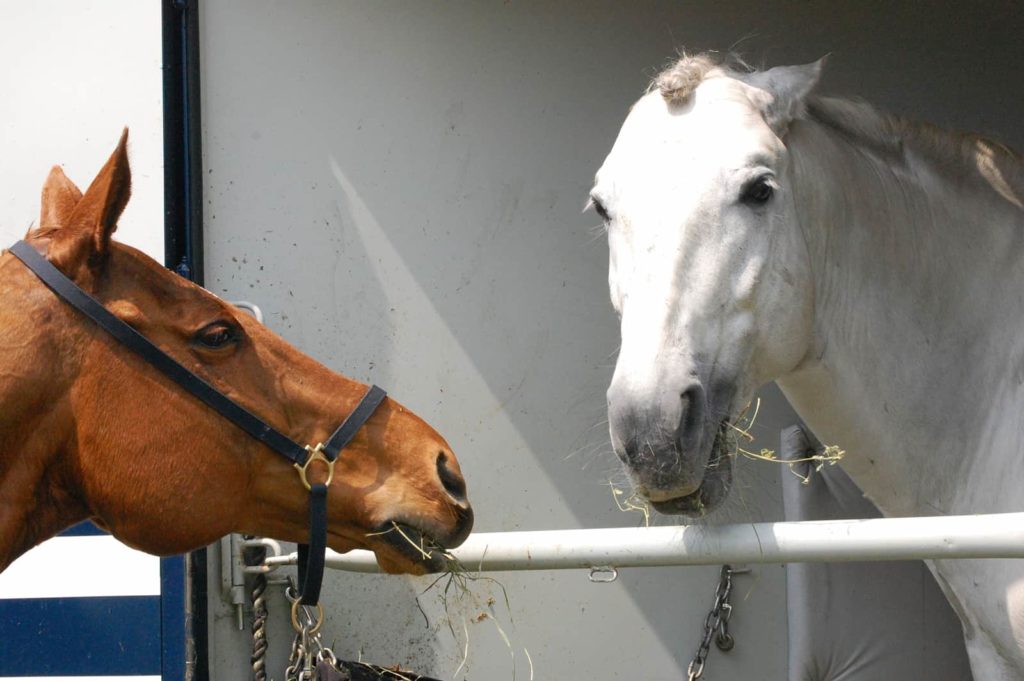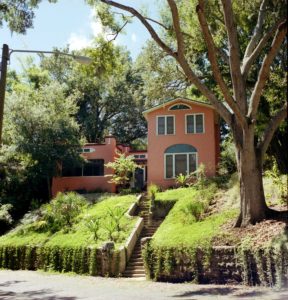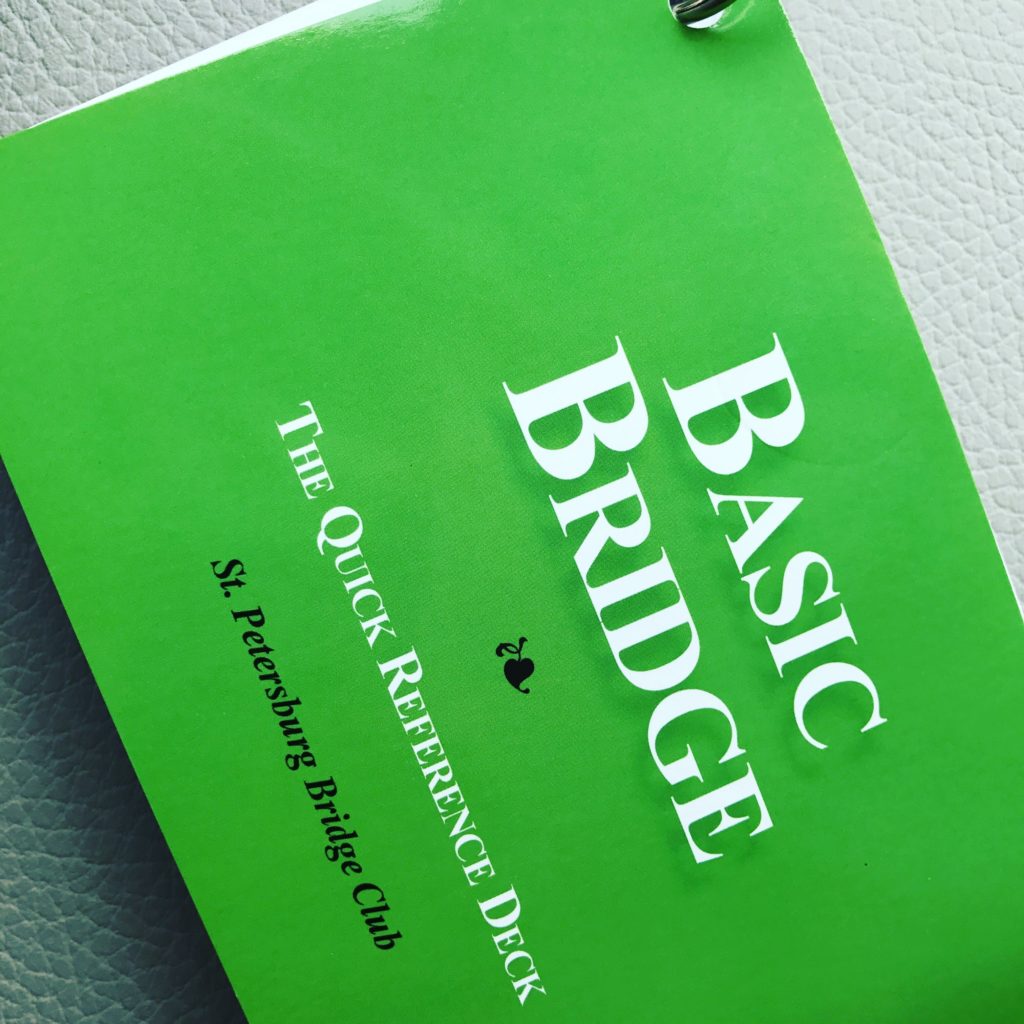Show Notes
In Episode 7 we cover some of the great bicycle and walking trails in Tampa Bay, such as Flatwoods Park, the Pinellas Trail, and what’s left of the Friendship Trail.
I also interview Sal of Better Butterfly Creations, and he tells us the methods he uses in his awesome Butterfly Business!
Transcript at the bottom of this page!
Trail List
Happy Trails
TRAIL LIST
Flatwoods Trail (N Tampa)
Bayshore Blvd (Tampa)
Pinellas Trail (St Pete -> Dunedin)
Friendship Trail (what’s left of it on Gandy Blvd)
Courtney Campbell Trail (Tampa -> Clearwater)
Bonus:
Al Lopez Park (Tampa),
Alafia River State Park,
Balm Boyette,
Fort Desoto ParkSWAMP maintains most of the mountain bike trails in the area.
Stay Up To Date - Newsletter Signup
Most Recent Episodes

Episode 6 – Rapid Fire
Episode 6 – Rapid Fire Alexa, play Great Things Tampa Bay Show Notes In Episode 6 we blast you with an assotment of great things
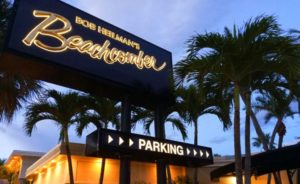
Episode 5 – Old School Cool
Episode 5 – Old School Cool Alexa, play Great Things Tampa Bay Show Notes In Episode 5 we go to and Old School restaurant at
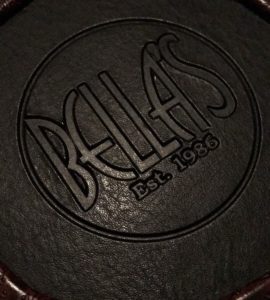
Episode 4 – Vesuvio – Bella’s Italian Cafe
Episode 4 – Vesuvio Alexa, play Great Things Tampa Bay Show Notes In Episode 4 learn about the best Italian restaurant in Tampa, and hear
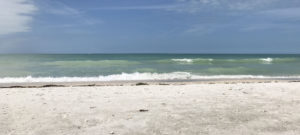
Episode 3 – Don’t Pass on Pass-A-Grille
Episode 3 Don’t Pass on Pass-A-Grille Show Notes In Episode 3 you will learn how to have a great day at Pass-A-Grille beach. We also
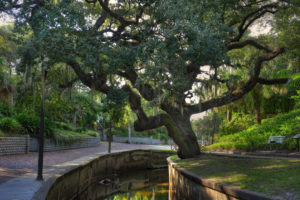
Episode 2 – Urban Refuge
Episode 2 Urban Refuge Show Notes In Episode 2 you will find one of the great neighborhoods of St Petersburg (hills and creeks!) and an
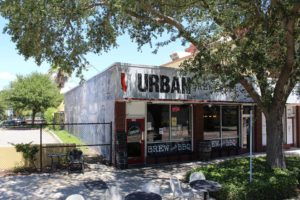
Episode 1 – The Good, The Bad, and The Sinful
Episode 1 The Good, The Bad and the Sinful Show Notes Episode 1 covers my absolute #1 favorite restaurant in the Tampa Bay Area. Also some
Want to find your own great place in Tampa Bay?
Thinking about buying or selling a home in Tampa Bay?
Put someone who has lived, worked, listed, and sold homes in almost every neighborhood in the Tampa Bay area to work for you today!
Transcript
Kyle: Hello and welcome to Great Things Tampa Bay! The podcast about great eats, great places, and great people in the greater Tampa Bay area. I’m your host Kyle Sasser, a Tampa Bay native, Realtor, and all around good guy. This is episode 7.
I’m calling this one ‘Happy Trails’ and I’d like to thank you for inviting me along on your commute to work or maybe listening to me while you’re mowing the grass. You know I know there’s quite a few podcasts out there and I’d like to thank you for taking the time to listen to this humble episode. I’d love for you to come and talk to me on social media. The easiest way to do that is to go to webpage greatthingstb.com. That’s greatthingstb.com and there you’ll see the get social link. Just click on that and that’ll take you to Facebook, Instagram. You can send us emails, might even have a phone number up there. Yes, go there and let’s interact. I’d love to hear about your favorite restaurant, favorite plant place that you go for a little bit of solitude. Let me know and also tell your friends about this podcast. Maybe they would also like to know about some of the great spots that we feature here.
Segment 1: ‘HAPPY TRAILS’
So, one of the cool things about the Tampa Bay area is that we do have quite a large assortment of trails. These can be paved trails or mountain biking trails. Dirt trails as it would be. A lot of these are basically repurposed railroad tracks, some are just created whole cloth out of the wilderness.
I’d like to cover a few of these with you. Great places to go. None of these are too crazy. I say mountain biking trails and people think of people jumping off mountains and dodging boulders and things like that. Obviously, we don’t have the vertical height necessary to do a lot of that. But we do have quite a few great trails that you can ride relatively leisurely with the proper equipment. We do have a couple of spots that would be good if you’re more adventurous and daring and I’ll be sure to mention those as well. My main recommendations here are going to be good for family from the older to the younger.
So, without further ado, first up is the Pinellas Trail. The Pinellas Trail is 38 miles of paved trail. Mostly asphalt, there’s bits and pieces of concrete here and there. Basically, what happened is we don’t have as many railroads around the areas here in Pinellas county. Instead of just letting the old railroad lines default back to the surrounding land owners; the right of way was purchased and then converted into a riding trail. This trail goes all the way from St. Petersburg up to Tarpon Springs. Interestingly enough, the railroad tracks used to go through downtown St. Pete, down Central Avenue. You can still see bits and pieces of it next to Tropicana Field there which is just about the only section of existing track that’s easily viewable. There’s a few pieces of track there and it used to go all the way out. And way back in the day, like even before, basically two piers previous, the railroad tracks actually used to go out on the pier. That’s where the ships would unload goods and stuff like that for shipment. On the ships and off the ships with the railroad tracks there. You know we’ve went through one pier in the early 1900s. And then we had the inverted pyramid in the 70s until a couple of years ago, and now we’re working on building the new one. A little bit of interesting history for you.
So, the tracks go from downtown St. Petersburg through Seminole, Largo, Dunedin, ends up in Tarpon Springs and over the major thoroughfares, you know like S.R. 19, Park, stuff like that. There are very large bridges so you don’t have to deal with traffic or anything like that. You just ride along. You ride over and above it. It’s a nice ride. Flat paved asphalt so it’s not too strenuous. It’s a railroad track bed so there’s not no elevation gain except for the bridges and stuff like that. It’s worth a weekend trip. My lovely wife said that she used to ride it from Clearwater up to Dunedin to get some breakfast and then come back. So, it’s definitely something you can do. That’s the Pinellas Trail, a 38-mile trail over here in Pinellas County. Obviously, you don’t have to do all of that. Doing all that is not a requirement. You know you can do it piecemeal, however you like.
Second up, Hillsborough County, we have Bayshore Boulevard. Bayshore next to Tampa Bay there. There’s a sidewalk, claimed to be the” longest sidewalk in the world”, which was what I was always told from my young pup days. Ah, but not the longest sidewalk in the world. Yes, so apparently, we have all been lied to. The longest sidewalk is apparently in Galveston TX and it’s something crazy like 14 miles long or something like that. So Bayshore you’ve been beaten by a large margin. However, that said, the Bayshore sidewalk park, it does technically have a name but everyone basically just calls it Bayshore. 4 ½ miles long, it’s more of a concrete sidewalk. It’s a little rougher if you’re out there rollerblading or skating or something like that but it makes up for it with its picturesque views across Tampa Bay.
There used to be a restaurant called the Colonnade, where my wife really, really wanted to go. Its feel was similar to the Beachcomber, where it’s just kinda like an old-school restaurant/steakhouse thing. It was originally opened in 1935. It was operated by three generations of the same family. It was finally sold a few years ago, and has since been obliterated to make way for, I’m sure, for another fine development on Bayshore Boulevard.
Number three, again Hillsborough County. This is Flatwoods Park, which is a little bit north. Not really north Tampa. Like it’s not all the way up to Bruce B. Downs, but if you take Interstate 75 north, get off at Fletcher Avenue, kinda do the little roundabout thing. Then whenever you get to Fletcher take a left, go over the Six Mile Creek/SWFWMD flood control structures, keep going straight, up Morris Bridge. You’ll go over the river at Morris Bridge which is the name for it. So, you’ll go over the Hillsborough River at Morris Bridge, continue for another maybe ¾ mile and you’ll see a turnoff for a park on the left called Flatwoods Park. Operated by SWFWMD which is the Southwest Florida Water Management District. So, you’ll drive in and you’ll park. There’s a little park station there.
This place is kinda cool. It’s got a seven-mile paved asphalt loop and its smooth enough you can get out there and you can run, you can rollerblade, take a road bike. A lot of times you’ll see teams out there from-I don’t know-I mean they look kinda pro to me. They’re definitely faster than I can go. Everybody’s all packed up close there, speeding around the loop and it’s cool. And you’ll see these little buildings off to the side and what those are, those are the pump houses. Cause this is where a lot of Hillsborough County’s and Tampa’s water comes from. And that’s why this was sectioned off as a park. It’s actually a major water source for the area.
And then the other cool thing is there are actually mountain bike trails here. So, with the name Flatwoods, you can kinda picture that it’s flat. Personally, I love going on the mountain bike trails here. There not too ridiculous as long as you stay on the main trial. You know they’re relatively flat and, it’s just, I have both a road bike and I have a mountain bike A little added something extra when you’re riding a bicycle through the woods. Like I don’t know if it kinda takes you back to being a kid. Maybe you think about the Goonies or something, or Stand By Me or something like that, but it definitely, it keeps me a little bit motivated. On the road bike, I get a little bored, to be honest. So, having to dodge tree branches and roots and trying to keep the bike upright definitely keeps me engaged and it’s a lot of fun. If you’re a beginner, stay on the main trail. I don’t have the information in front of me but I want to say it’s a 15-mile triangle track loop that goes from Flatwoods Park in the north all the way down to Morris Bridge which is, you know, down by where you get off interstate Yea, beautiful, beautiful stuff.
On the south part, there is a complication (s/b compilation) of trails. Don’t know if that’s quite the right description for it. They do have a handy map there that you can take a look at. Definitely go with your skill level. You know there’s no sense in getting hurt out there!
You’ll also see lots of rooting around. That’s from, you know, wild hogs that are in the area. I’ve never seen one actually on the trail but you will see tons of deer and tortoises, rabbits, things of that nature. Not too many alligators. Those usually hang out more toward the river. So, if you’re close to the river, they might be around there. But mainly just tortoises, deer, especially if you go out there at like dusk is about the best time to go out there. So, gather up the family and go out there. It’s seven miles paved asphalt. It takes maybe – I don’t know – at a leisurely pace not long, maybe 30-40 minutes to get around it. It’s beautiful. It’s a beautiful slice of Tampa there.
If you’re looking for more bombtastic mountain bike trails. Like maybe you do want to jump off the side of a cypress tree or something like that. Recommendations would be for Alafia River State Park which is over in Brandon and then the other option would be Balm-Boyette which is a little south of Brandon, kinda in the Riverview area there. Those have a little more challenging trails and stuff like that. Flatwoods, lot of people look down on it, kinda see it as a beginner’s place but you know, I’m 38 years old now so I can’t be jumping off stuff as much as I used to. I play soccer once a week so that’s good enough for me for the trying to break a leg department. All of these are operated/run/maintained by SWAMP, which I forget what it stands for but it’s basically the local mountain bike crew. You can just type in SWAMP Tampa. I’m sure you’ll probably get cool pictures of Lettuce Lake Park and maybe some other things but you’ll find their website with details on all the trails and all that stuff.
Number four, Gandy Boulevard. Kind of back over in Pinellas, kind of back over in Tampa. People who’ve been in the area for a while know that the old Gandy Bridge used to be known as the Friendship Trail. Interestingly, I have quite a bit of historic information on this.
So, the first span across Tampa Bay was built in 1922 and basically was the same route as the first commercial passenger airline service in the world which was from Tampa to St. Petersburg. But the original bridge was built in 1922 and was originally built as a for profit business; they did charge a toll. It was the longest bridge in the world at the time it was constructed. So basically, it was there making profit charging tolls. It cut off hours of time cause the only other option was to drive around north Tampa Bay which would have been up through Oldsmar and then down. How long that must have taken? It was eventually during WWII, Franklin Delano Roosevelt nationalized all the bridges in the area. That’s the Courtney Campbell as well as the Gandy Bridge. So, I’m sure you can imagine how much fun that must have been. The Friendship Trail was the second span built in 1947 which would have been after the war. Cars used that bridge until 1997. At that time, they closed it down and opened it for pedestrian traffic, built a couple of asphalt trails leading up to it which are the part that still exists. The main one being over on the Pinellas side down the causeway that was built for the bridge. Again, it’s asphalt, its flat. It’s about a mile from the parking lot up by the bridge back toward the first major crossroad which would be- you know there’s like condos and then a gas station there- so about a mile and a half. So not as big as Flatwoods, Bayshore or the Pinellas Trail but its picturesque. There’s usually a nice breeze there which keeps the mosquitos down. You know you have the nice Tampa Bay there, got the waves and all that good stuff. Also, I believe it’s Tuesday, there is a jeep gathering on the south side. So, you’ll see those guys out there. Sometimes they even have a food truck and stuff. If you’ve got a jeep, check it out!
The two main landmarks you’ll see on the Gandy Bridge beside the bridge itself. There are two huge towers on the Pinellas County side. What those are? Those are AM radio towers and are for WDAE, the Sports Animal. Although I don’t think they go by the Sports Animal anymore, but, um, yea. So why two you ask? One is to broadcast by day with tons of power into that just to overcome all the interference in the atmosphere with the sun doing its thing. And then the other one is used at nights and it is highly directional. Because if they used the daytime one during the night it would overwhelm a radio station In Milwaukee. So, that’s how far that signal can go. And they are positioned where they are because the water of the bay acts as a huge reflector and greatly extends the range of the towers. So, I know that was a little bit more of a history and nerd out session versus maybe some info on the trail but it is pretty enough you can definitely drive it and see how pretty it is. So, check it out!
And as a bonus, recently, the Courtney Campbell had a pedestrian bridge added next to the main span which was allows for you to ride your bike, or run, rollerblade, or anything like that from Tampa to Clearwater. I haven’t actually done the full length of it yet, but I believe that links up with the Pinellas Trail. I believe another little section of roadway, and it also connect to another trail on the Tampa side which I believe eventually ends up next to the Suncoast Parkway there. Tons of bikeways options in the area.
Hoped that helped you out and gives you some ideas of the stuff to check out and Happy Trails!
Segment 2: ‘BETTER BUTTERFLIES’
So, I had mentioned this in the Pass A Grille episode which I believe is Episode 2, but I finally have the chance to sit down with Sal at Better Butterfly Creations. If you remember he is the guy who puts together art pieces/art installations. Fabulous looking pieces with butterflies from all around the world. From Asia. From South America. He was kind enough to sit down with me and answer some questions and I think you will enjoy listening to him as much as I enjoyed hanging out with him, chatting with him, and asking him questions. Without further ado, here’s the interview.
Kyle: We are recording now.
Sal: Here we are.
Kyle: Can be used as evidence (laughing)
Sal: Oh my Gosh! (laughing)
Kyle: Well start off if you just want to introduce yourself
Sal: My name is Salvatore Ciccarello. Pronounced “”sal-va-TOR-eh CHIC-ca-rell-o”. I’m an Italian American. You probably thought I was Irish. Anyway, I started collecting butterflies when I was 7 years old. It actually started out as a boy scout project. My brothers were earning their merit badge. The collection merit badge required my mom to get a broomstick handle, a coat hanger. Form it into a circle, bend down the hook, and crisscross the nails on the broomstick, and then tear down her sheer curtains. My mom was wonderful and make two nets for my two brothers
Kyle: A saint.
Sal: Yes. Well so it was their merit badge, not mine, obviously, cause I was only seven. They wanted to go collecting and, of course, I wanted to go along. I was really excited. I thought this is really neat you know. And they didn’t want me to go along cause I was their younger brother. And so, my mom would say you have to take him or you don’t get to go. Anyway, so they did what older brother do; they walked as fast as they could and my little feet, I had to run three miles just to keep up with them.
Kyle: Trying to leave you behind.
Sal: Oh, they were trying to leave me behind. Hopefully discourage me. Have me go back home. I refused. But after their merit badge, they put down the nets and I picked them up and kept running. Been running ever since. My mom belonged to a national garden club. We didn’t have master gardeners at that time. And she and I would plant plants to attract butterflies and long before butterfly gardening was popular.
Kyle: Was “the thing”
Sal: Oh yea, before it was the big thing here. So, we, we had discovered that long ago and eventually I became a master gardener training the gardeners how to put in butterfly gardens and training the teachers.
Kyle: Whenever I was growing up I saw the big gardens.
Sal: This six acres looked more like Busch Gardens a year and a half ago. But as my foot started giving me trouble, I started backing away a little bit. Then June 3rdis when I had the surgery. I stopped the gardening completely cause I couldn’t get down. Well anyway we’re going to get it going really soon.
Kyle: There you go
Sal: So that’s how I got started. At first I was collecting butterflies for my collection. In 1975 a friend of mine, Wayne is his name, a lepidopterist, he asked me “Hey, Sal, are you buying any butterflies from the farms?” I said “Wayne, what farms?” He said “Oh, this is the project all the lepidopterists are doing.” And so I joined The Lepidopterist Society In Utah when I was there.
Kyle: So there are butterfly farms?
Sal: All over the world.
Kyle: Wow!
Sal: Africa, Asia, Indonesia, Philippines, a lot of the islands, South and Central America.
Kyle: And lepidopterist is?
Sal: Lepidoptera a fancy word in the field of entomology. The study of Lepidoptera or a lepidopterist specializes in butterflies and moths.
Kyle: Ok, there we go. I was going to ask you to explain it.
Sal: Pretty much, it’s the science that we just wing it.
Kyle: I see. I like that joke. I like that joke. (laughter)
Sal: Anyway, so the butterflies are raised on the farms and, the best part, the purpose of the farms was to help some of these endangered species. But the real purpose was to save the rain forest by providing jobs for people in third world countries.
Kyle: Awesome.
Sal: Instead of that man or woman to provide for their family cutting down that hundred year old tree, now they could work on the butterfly farm. And it’s a perpetual income.
Kyle: Have you ever been and toured one of them?
Sal: I have not. However, I have a distributor in California and Canada that I work mainly through. They are the ones the butterflies are sent to because they have the licenses and then sent to me. So, the money that they buy them with goes to the farms, goes to the employees. Three billion dollars’ worth of income.
Kyle: That’s a lot of money for butterflies.
Sal: Now have I been to butterfly houses? The place where all the butterflies, the chrysalis go. Many.
Kyle: They’re basically considered sorta like a livestock, I would guess? For importation?
Sal: Yeah, right. The life span of a butterfly is only two weeks. They allowed to live out their natural lives. When they drop to the canvas then the workers go out, collect them every morning, they treat them with formaldehyde, send them to me. I put them through a curing process and I put them in the artwork or collections. The people that work at these farms, the only problem they have that I have heard of, is that when they go home sometimes they complain, they complain that works really bugging them, you know?
(laughter)
Sal: And so, plus they find out it’s no fly by night operation.
(laughter)
Kyle: You got jokes. You got jokes.
Sal: Oh, we have jokes. (laughter)
Kyle: That’s good. That’s good.
Sal: One of the butterflies. Now in 1984, the Birdwing butterfly. Remember, the ones I pulled out?
Kyle: Yes
Sal: The birdwing butterfly was on the endangered species list. Near extinction in 1984. We put 1,800 farms in Indonesia. In a matter of two years there were 2.7 million estimated. 2.7 million of those butterflies. No longer a black market. No longer being sold on the black market for $500 each.
Kyle: Yea, which is pretty crazy.
Sal: And yea. Well, believe it or not out there are butterflies that are $15,000.
Kyle: I think it’s one of those unseen things because the main story you see is the China and the rhino trade. Also, the tiger trade out of Africa and India also to china So I guess it makes sense that there is trade in any rare animal.
Sal: In anything. That’s right. Especially when they’re near extinction, of course, the price goes up.
Kyle: Yep, supply and demand.
Sal: Supply and demand. That’s right, exactly.
Kyle: So the butterfly that was almost extinct that was selling for $500. What was its species?
Sal: It’s Birdwing butterfly.
Kyle: And the species name? Do you know that one off hand?
Sal: Ornithoptera Brookiana.
Kyle: You know I going to put pictures of these up on the, on the show notes and all that stuff.
Sal: As a matter of fact, this was on the cover – I’ve been looking for it ever since – on Life Magazine. And the title of the article of the magazine “Heroes of the Rainforests”.
Kyle: I do have some skills finding things on the internet.
Sal: Do me a favor. If you find it, let me know. I actually looked it up on Life Magazine and I was sure it was either Life or Time, one or the other. So, you might want to put that down. See if you can find that for me cause I will make a ton of copies. Because it talks about the costs of these butterflies in a butterfly farms. They’re able to save all the animals in the rainforest, you know. There was a purpose for leaving trees up. What they do, they don’t catch the butterflies. They plant along the edge of the rainforest the food plant of that particular butterfly. Each butterfly has its own plants that it lays its eggs on
Kyle: Interesting. Sort like the panda and the bamboo.
Sal: You don’t have bamboo, you don’t have panda. If you don’t have milkweed, you don’t have Monarchs. Certain plants for certain butterflies. The Birdwings feed on Aristolochia which is a pipevine. A type of pipevine. They plant those along the edge of the rainforest. I’m just telling you one. And then they harvest the eggs. Each female lays between 200 to 400 eggs and there’s are four generations a year.
Kyle: Wow!
Sal: So, that’s why if you multiple that times two years. Easily. They cut the leaf and they put the leaves inside the greenhouse that has nothing but Aristolochia. The caterpillar will eat 2,600 to 3,000 times its own weight in two weeks to three weeks.
Kyle: Industrialized butterfly production.
Sal: They’re eating machines. That’s right. They don’t drink, they eat.
Kyle: Yep.
Sal: These are huge greenhouses, these are not little.
Kyle: Not like a little sun room?
Sal: They take the chrysalis and they send 25% of them to the houses all over the world. Those butterfly atriums that people go in and the butterflies fly around them. It’s all part of the same project. That’s one of the outlets. So, 25% of all the chrysalis go to them and then 75% go into the greenhouse to hatch. Once they hatch, another fourth, so 33% of those are released into the environment.
Kyle: Back into the wild.
Sal: Because they can’t interbreed or else they’ll have imperfections. So, they need to have to have a stock that’s interbreeding out there.
Kyle: Interesting.
Sal: It’s very, you know, very detailed.
Kyle: Fascinating.
Sal: And then the 50%, they allow them to live out that two week life and when they drop to the canvas then that’s that process I was telling you about. There’s actually people who sit there folding them, putting them in the envelopes. First, they’re cured, well not cured, they treat them with formeldahyde.
Kyle: Sal was kind enough to show me his storage and butterflies folded up. He spreads them out. You want to tell us a little about that process?
Sal: Once they come to me in the envelopes, after I take them out of the envelopes then I inject, I spread them out, I inject them with three different chemicals in their thorax.
Kyle: OK
Sal: That relaxes them. Softens them. It’s called relaxing.
Kyle: How interesting.
Sal: I have spreading boards. I have spreading boards that I’ve made. And then I pin through the thorax and then I spread the wings. I don’t pin the wings. I use strips to hold down the wings and I set the wings at a 90 degree angle so that the full color of the butterflies show. After they’ve been spread on these spreading boards then I put them in the oven. I bake them essentially but what I’m really doing is the liquid is dissipating and the chemicals are left behind preserving them for the next 100 years. The system I’m using in used in collections dating 100-150 years old.
Kyle: Oh, nice.
Sal: So, I tell people my work is guaranteed for 100 Years and if they have any problems in 100 years, look me up and I’ll try to help them out.
(laughter)
Kyle: I like that. I like that warranty
Sal: Part of my warranty is that people can even exchange for a light case. Let’s say you bought a 9×12 case. Let’s say you bought a 12×36 case.
Kyle: Hey, who would have done that?
Sal: Yea, who would have done something like that? And all of a sudden you come to one of my shows and I have three 12×36 and your wife says: Oh my gosh. That one would go even better with my furniture. You’re allowed to even exchange.
Kyle: I like that. That’s the Amazon level of customer service.
Sal: I’ve offered that for 10 years now. It’s not new. I’ve only had four times where somebody actually has even exchanged.
Kyle: Do you remember the first butterfly in your collection?
Sal: The first butterfly was a wood nymph. Just a brown butterfly, mainly brown then has two beige eyes. Beige with almost like a bullseye, black and white. So, has two eyes at the top of the wing. And, of course, around that same time, “they” are collecting morning cloaks up there and tiger swallowtails and monarchs.
Kyle: Where is this at?
Sal: This is New York. I lived in Port Washington, Long Island. But I’ve been here since 1959. So, I’ve been here so long I say ya’ll and get away with it.
Kyle: You’re integrated. (Laughter)
Sal: That’s right. I’ve been assimilated into Florida’s culture here. 1959, sure. I’m a real old guy. I’m 67 by the way. Which means I’ve been collecting for 60 years.
Kyle: Yea, he’s got a big ole collection of butterflies in there.
Sal: 2,000 butterflies. There’s only 20,000 known butterflies in the world. 120,000 moths. And so, I have about one tenth of the butterflies in my collection. Which is larger than most museum collections.
Kyle: So do you like moths or do they suck?
Sal: I like moths but my wife says if I start collecting the moths and there are 120,000. I’ll have to make a lot more cases and my wife will throw me out.
Kyle: Yes, there are plenty of butterflies throughout your place here.
Sal: That’s right.
(laughter)
Kyle: What would you say is the most challenging part of the process?
Sal: The most challenging is actually handling the butterflies. Even though I’ve been doing this since I was seven. They’re so fragile. You have to know exactly what to do. And that’s why I don’t worry too much about people knowing my process. They still have to do the physical work and once they realize how many butterflies they’ll destroy. They realize it’s not profitable for them and they’re better off just buying it from me wholesale and selling it retail.
Kyle: Cause butterflies do cost a bit of money to get a lot of them. A lot of them.
Sal: Oh, yes. And you don’t want to damage them. Robert kept asking me, you know “I wanna learn how to spread them, I wanna learn how to spread them”. So, I gave him a dozen inexpensive butterflies and he destroyed every one of them. He’s never asked since.
Kyle: Yep and Robert’s your business partner?
Sal: Business Partner (laughter)
Sal: Yep, once again I told him, Robert, I’ll make them you sell them. Get out there and sell them.
Kyle: You gotta figure out the business process.
Sal: That’s right. You have to know where you plug in. Right?
Kyle: And I know just from, you know, being a kid and messing with butterflies. The few that I found, you need surgeon’s hands to be able to handle them properly.
Sal: I only handle them with tweezers. There’s a certain area you can grab them and you’re not going to lose the powder. But real careful about what I do with them, obviously.
Kyle: Tell me about the business and how you came up with it.
Sal: I’ve been doing this for years. I’d go to the craft shows and everything. Have a little fun with my hobby. But I had always in the back of my mind thought I wanted to form a business out of it. Robert came to me one day. I had tried different people. Actually, I offered them 50/50. Very generous you know. Because my 50 went toward repurchasing all the material which doesn’t leave 50 for me by far.
(Laughter)
Sal: Anyway, bottom line is I had tried with many people and they’d get excited and they realized you actually had to sell them.
Kyle: Yea, it’s work.
Sal: You had to have knowledge. And gee, I stood there all day and I made $100, I don’t like this. But you can make a lot of money at it. But I couldn’t convince them, ok. Anyway, Robert came to me and. Let me give a background for Robert.
Kyle: Yea, go ahead.
Sal: Robert. You know Pretty Woman?
Kyle: Yes.
Sal: Richard Gere?
Kyle: Yep.
Sal: His job was to go rebuild companies or if they couldn’t be rebuilt, tear them down and sell the parts. That was Robert’s job.
Kyle: Awesome
Sal: He traveled all over the world.
Kyle: Mergers and acquisitions.
Sal: Mergers and acquisitions, yes. Robert’s an extremely smart and I thought he’ll never make a salesman. He’s very brainy. And anyway, he came to me and said “Sal”. He tried to help a manager at Walmart. He was actually working at Walmart retired, you know. He was doing the manager’s job. Well, a new manager came in, found out. Well, they came and did the books. He would say well, just ask Robert, ask Robert. They found out Robert was running place, so they fired the manager and fired Robert because it was against their rules to do that. So, Robert being helpful that he is, wanting to save the guy’s job, being loyal to him, caused himself to lose his job. So now he’s 76 years old, but at the time, this was four years ago, so he was 72, trying to look for a job all of a sudden. He came to me, he was distraught. He said “Sal, I’ve been all over the place, do you have any ideas? Anyplace I apply, I know the interview went well I have all the answers he said but nobody calls me back. And I know it’s because of my age. You know but it’s because they can’t say it’s age discrimination.” You know.
Kyle: Yea.
Sal: He says but I, literally, I have a stack due two inches thick. So, I’m wheels are turning. Say, Robert, I’ve been thinking about for a long time. I’ve tried with several people. You know cause I’ve talked to you about it. I Ais how about if you and I form a partnership and we go 50/50? I’ll make the stuff and you sell it. And for the first year I’ll teach you how to sell it. Don’t worry about it, I’ll be right beside you. And so I trained him for a year. Trained him for a year. Well, he agreed. He had no other place to go. Now he sells like crazy. He sold a $500 case to a guy whose legally blind. You might not want to put that. A guy named Kenny. He wanted a case. He wanted it special design with the white and white driftwood and everything cause that would show up better for him. Anyway, I said Robert, you’ve done something I’ve never done.
Kyle: Ice to an Eskimo.
Sal: Sold $500 to a legally blind guy. A $500 case.
Kyle: He’s been listening to some Grant Cardon?? or some of the other sales. And that’s who we bought our case from. My wife and I. So, yea, he’s a good guy.
Sal: The fact is he appeals to people that I wouldn’t. Because he is very low key and I’m not. He’s nonaggressive and I am the loud, large Italian ???.
Kyle: That’s definitely that’s like in my business, I’m usually the low key guy but I’m always there looking for the opening then I’m like POW!
Sal: Yea, that’s right. He’s the same way. He’s pretty aggressive, people just don’t realize it. Me, I’m blatantly aggressive.
Kyle: He was there and he basically just let us sell ourselves on it. So.
Sal: And that’s good. Chances are you wouldn’t have bought that case from me. You probably wouldn’t have.
Kyle: Yea, because I’m like you know…
Sal: Like Man is that guy pushy!!!!
Kyle: Yea, like uggg! Jesus! My wife was there and she basically talked us, you know, talked us into it.
Sal: I would tell you all about the farm and this and that. Too much.
Kyle: Yea. And honestly like the case was so unique and so striking that; usually I go to art and crafts shows and it’s like, you know, they have like the starfish with the stuff glued to it.
Sal: Yeah. (laughter)
Sal: A little sandspur going in on the background.
Kyle: This was unique. So, you have the cases and then you also have earwings.
Sal: Yes.
Kyle: So, could you tell us a little bit about those?
Sal: Uh, Robert was struggling.
Kyle: Uh huh.
Sal: He was at Treasure Island at the time. He said “Sal, our sales are dropping.” I said “What we need is an inexpensive item.” And I had been saving these wings for someone else to do the regular costume jewelry type stuff, you know?
Kyle: Yeah
Sal: I didn’t like it. She was terrible. And one my daughters said “Dad, why don’t you think about laminating the wings.” “Oh, there too delicate, the static will pull them apart.”, you know?
Kyle: Uh huh.
Sal: Well, I learned to hold the wing in a certain spot where I could hold it with the tweezers and slide it in, bring it down, bring a book down, and then slide the next row, just move it down, and then the tricky part is taking that laminated sheet, moving it on to something flat, and then feeding it into the laminator. 5 ml thickness. Then after I laminate the sheet, then I run the sheets through a cutting machine.
Kyle: Yep, yep.
Sal: We used to hand cut ’em but we got way too busy and we were going to buy a…we had this guy come to us, we met with him, and for a distributor, they have 12,000 stores. He said he wanted to put them in 5,000 stores across the country.
Kyle: Yea.
Sal: And they figured an average of three per store would sell every week. And that would have been about $85,000 a week we would have been making.
Kyle: Wow.
Sal: It’s a 1.2 million dollar contract. So, we were ready to buy a $47,000 scanner/cutter. Laser cutter. And we were going to have it 24 hours a day. Well before we wrote the check for it, cause we had the money, before we wrote the check for it, I decided to call this guy. I said so are you sending the PO on this big order. He said well I can’t get them to move. Well it turns out that the company’s in trouble and he didn’t know it.
Kyle: Yeah. Heh, heh, heh (soft laughter)
Sal: Yeah, they had overspent. Bought a bunch of penny items from China.
Kyle: Yeah.
Sal: Three million dollars’ worth.
Kyle: (Whistles)
Sal: And now they had boxes stacked to the wall. They thought they could unload them with Circle K. That’s one of their customers.
Kyle: Uh Huh.
Sal: And so they were going to put us in 5,000 Circle Ks across the country. Anyway, bottom line Circle K said no, we don’t want that junk, you know. It would sell at 80 cents, a dollar items. You know?
Kyle: Yeah. Yeah. Yeah. Yeah. I was going to say this does not strike me as like the Circle K market.
Sal: No, in fact when we met…….
Kyle: Of course, if they want to buy ’em….yeah.
Sal: No, well we met with them. I didn’t know. So we made those display cases you see with the lock.
Kyle: Uh huh.
Sal: Cause they wanted that. So, I made 30 of those. We were going to test them in Alabama. Then he said well you know really, I was talking with our owner and they thought we had 7,000 individually owned stores that would be a better market for you. I said well that’s great. But they never got off their seats.
Kyle: People are a lot of talk but when it comes time to write the check , that’s when you actually see what’s up.
(soft laughter)
Sal: Well I realize that those three display cases, I said go ahead and test it, test the market. Ahhmm, so, what we……
Kyle: Like I’ve done the same thing previously, like somebody like, I want to do something, I say, well, I have my area of expertise here, I’m happy to help you out. I’m like this is what you’re going to do.
Sal: That’s right.
Kyle: And yeah, it never comes through on the other side.
Sal: So I decided, well you know what, all the way across the country was just too much for me all at once, you know. These machines, you know, I could buy at a fraction of the cost. And I could buy 20 or 30 of them to hire 20 or 30 people to work and do all the cutting, you know? I have several people that know how to handle the butterflies so we can laminate them and all that stuff. I had things in line, I had people in line for that but I decided well you know what, I can go state to state.
Kyle: uh huh.
Sal: So, now we’re in Connecticut, we’re in Maine. We’re going to Georgia, Callaway Gardens.
Kyle: Yep.
Sal: We’re definitely in Florida. We have four vendors here.
Kyle: uh huh.
Sal: In Florida, that cover the state We’re now in Missouri and Kansas. This is the plan. That I’m expanding one state at a time. Right now I’m looking at Utah, Idaho, Texas, California, Louisiana, and Michigan. And Ohio.
Kyle: Is there any place like in Tampa, that somebody could go and buy these items from you currently? Or a website or anything like that?
Sal: It depends on where the wholesalers are. Our wholesalers are mainly The Key West Butterflies, the Key Largo Shell World. Myakka State Park, the Outpost has them there. Libby’s in Anna Maria Island. I have them at Request Therapy. I have them at a chiropractor, Curtis Reynolds. My thing is threefold, you always have to have three campaigns going.
Kyle Yes, absolutely.
S One campaign, one campaign is obviously going out and I can offer that fifty percent deal to everybody as far as anybody that wants to do shows.
Kyle: So, if anybody is interested in selling your product you’re more than happy to have that conversation?
Sal: Yea and I can test them that way. That’s right. And they can go out a couple of weeks and get discouraged and then give me my money back, you know. It’s not my money back, it’s give me my product back that they haven’t sold.
Kyle: Cause it is actually work, you know, to get out there to get out there.
Al: It’s work. Everything’s work
Kyle: Yep, you gotta get out there early and all that stuff.
Al: There’s no free lunch. Anyway so that’s one of them. The second thing was the placement of the earwings in all the stores in the states. So I have that going. Then I have a campaign I just started. It’s twofold. One is 18×24 cases go to doctor’s offices. And I put 18×24 in their office, a different one every month, and they pay me $100 a month. At the end of seven months, then they get to choose which case they like the most and they’ve already bought it.
Kyle: I like it (laughter)
Al: You know, so it’s a way for me to get in the door. People that are, for example Dr. Price is one of the doctors. He was oh I saw, I saw your case in my doctor’s office. You know that’s exactly what I’m looking for.
Kyle: It always pays to get it into the influencers.
Al : Marketing! That’s right. So I’m going through a different person to promote my item. Those 4″ cases. I just talked to a realtor that’s in Bradenton and I’m waiting for her to call me back. Maybe she will, maybe she won’t. But you know.
Kyle: Is that for the realtor as like a closing gift?
Sal: A closing gift.
Kyle: That’s smart.
Sal: Picture yourself. You always have to paint the picture. Imagine somebody; they receive this gift. They put it on the mantle and they feel that attachment. Thank you so much. It was so kind. Now somebody else comes along you sold to and they go in that house and say “Oh, you have one of those?” or maybe they don’t have one. Maybe they haven’t bought from you yet and they say “Where did you get that?” “My realtor gave it to me as a gift. It was so kind. ” “Who’s your realtor?” Here’s my card. I say when you give the gift you have to give ten cards
Kyle: There you go.
Sal: So, if anyone asks about the butterflies you can say that this is my realtor. Ask her, and you might not buy a house but you might want a case.
Kyle: That’s good. That’s good.
Sal: Cause anyway, you’ll be the realtor. And people will know that she’s the one who gives away the butterfly cases.
Kyle: And as a realtor, I’m always looking for edge like that so.
Sal: It’s a beautiful edge because these cases sell for $35 to $45 at a Key West Butterflies and I sell ’em for $20. The price I’m looking at is wholesale.
Kyle: So, any realtors if you’re listening to this please don’t steal my idea. But if you would like to, I’d be more than happy to introduce you to Sal.
Sal: There you go! I know you have to keep, if you’re like financial advisors, I have to stay under $100 receiving or giving.
Kyle: We don’t really have restrictions so far as that. It just cannot be directly tied to….
Sal: the sale.
Kyle: Like getting leads sort of thing.
Sal: Oh, you can’t?
Kyle: no. Like we can’t pay a commission outside.
Sal: Oh, that’s different, yea.
Kyle: That’s the main thing. But like so far as closing gift, we’re have a pretty wide range on that.
Sal: That’s good. Then you guys can go a whole lot more expensive.
Kyle: Yea. (laughter)
Sal: Do the $50 cases if you sell a big house.
Kyle: Or the $300.
Sal: Something like that. Anyway, but so that’s part of the doctor/professional.
Kyle: You’ve gotta have the three columns.
Sal: Yea. What I started to say we needed a lesser expensive item. Originally I thought I’ll make these and I showed my daughter and said that’s exactly what I had in mind. And I said well I’m gonna go and see how it goes. I thought well for every case they buy, we’ll give them a free pair of earwings. Well, the first week we brought these out I had seven women fighting each other. Robert and I looked at each other and we started giggling. Oh, my God, you know!
Kyle: We have found the message.
Sal: Anyway, we stumbled on it, right? And so, we just used towers at first before we did the spy cases for that other guy. People kept asking me, well can you sell these, what are you asking? I said well I don’t know. I wasn’t planning of selling them.
So, thanks, Sal. Really appreciate you taking the time to sit down and answers those questions. Like I said, I had a lot of fun hanging out with you. And we’re going to have another one or two segments of ‘Interview with Sal’ so if you like what you heard please stay tuned and if you would like to take a look at or buy one of his pieces , just hop on over to our website greatthingstb.com. Take a look at the show notes of this episode and we’ll have links we have there and maybe buy something to beautify your home a little bit.
Segment 3: Let’s Get Personal
So the last couple of weeks, the old wife and I, we ah, you know I just kinda been doing a little road trips here and there. First one we did was we went to Tarpon Springs which oddly I’d never been to. I believe I mentioned that on a previous episode and I was like well, we need to rectify that. So we made a plan we went up there and boom, knocked it out. And gotta say mixed bag. So, I know it’s an old Florida spot which I always like, you know I always like seeing the old tourist attractions and things like that. If you wanted a kinda interesting take on the American fascination with road side attractions and stuff like that, give American Guides a try. It’s a book and a TV show now. But yea, it’s cool. It’s a little touristy. You know with that, you have, I call them the beach shops. It’s the places with like the $2.99 T-shirts. Yea, I don’t think I need to go into further detail than that. So there are quite a few of those there. But there is a ton of natural sponge to be had. Apparently, handmade soap is also a booming industry up in Tarpon Springs. And you know they have like some kitschy stuff you can do. You can stick your head in the diving mask, bell thing. All that good stuff. The food is delicious up there. The people are friendly. It’s one of those things you just kinda need to keep expectations in line.
That said we did find a totally awesome place. A place that has antiques and just cool finds and all that stuff and it was called Unique Finds. So, if you’re up there in that area and might be looking for something difficult to find or unique, please take a look. My wife found a cast iron wall fountain that’s amazing. It has the patina on it. We bought it up, brought it home. I found a hand signed Chuck Yeager display case thing which I thought was awesome but, you know, nobody else understood. So, yea. So Chuck Yeager being the first guy to break the sound barrier in case you didn’t know. Another long story is how he had a couple of ribs broke while he was doing it. And so, good times, good times.
Another thing we did was I had my 20 year high school reunion. Lakeland Christian School, class of 1997. Woo! Twenty years! Not sure where that went but it was good to see everybody again. We went over to Lakeland which is kinda at the outskirts of Great Things Tampa Bay but I got a lot of people out there so we’ll call it part of Tampa Bay. Wink. Wink. Anyway, we went to Patio 850. Like downtown, downtown Lakeland. It’s more over toward Florida Southern but the food was absolutely magnificent. And I hadn’t been through downtown Lakeland, I’ve been through the north side recently, but I haven’t been downtown for maybe ten years. And I gotta say lot of good things going on over there. They’re building lots of stuff. Lots of little cafes. So, yea, good stuff going on out in Lakeland and Lake Hollingsworth, you’re still as beautiful as ever.
Segment 4: ‘YOU GOT MAIL’
Did you know that at one point in time over half of all compact discs produced were America online CDs? Which is bananas! This would you know be in the mid to late 90s-2000s. And the reason they did that is because one in ten resulted in a subscription. Which is a phenomenal rate of return. That is bananas. Now you know why they just blanked the entire country with these things.
So, I want to thank you for sharing Great Things Tampa Bay with your friends and family. It’s with your support that we’re having the great success that we are. And if you’re looking for your own great place in Tampa Bay, please give me a call @ 727-300-2111 or you can send me an email at Kyle@sassergroup.com. That’s sassergroup.com and I’d be happy to help you find your perfect home or condo in the Tampa Bay area. And maybe you’d rather just want to tell us how awesome or how horrible we are. Please go to our website, greathingstb.com and click and get social link. Like I said, at the top you’ll find links there to Instagram, Facebook. Send us emails, carrier pigeons, fly a kite over. You know we will respond to all of it. You will also find show notes, recaps, transcripts, and contest at greattingstb.com. Maybe you want to know the craziest comforters in Clearwater. Stay tuned for future episodes, we might just cover that. Like I said we’ll also have additional interviews with Sal and more Great Things. So please subscribe. Share us with your friends and Thank You for Listening.
‘CORRECTION!’
So, I was just driving in my car and listening to Episode 6 which was Rapid Fire, where I went through a bunch of stuff and I wanted to issue a little kind of correction. So, it’s actually the Alafia River, not the Lithia River, which is located over like Valrico, Lithia area, over by Brandon, East Tampa. (laughter) Had a complete brain meltdown. It happens, it happens. But, yea, I was thinking Lithia Springs and how beautiful it is there. You know you go there and camp and it’s a beautiful campground there. But Lithia Springs, the spring run there goes into the Alafaia River and then you can canoe down the Alafaia River. Kinda make a two-part day out of all of it.
Just wanted to issue that correction. I promise I’ve lived here 40 years. I know what the rivers are named. Sorry for anybody that was confused.
